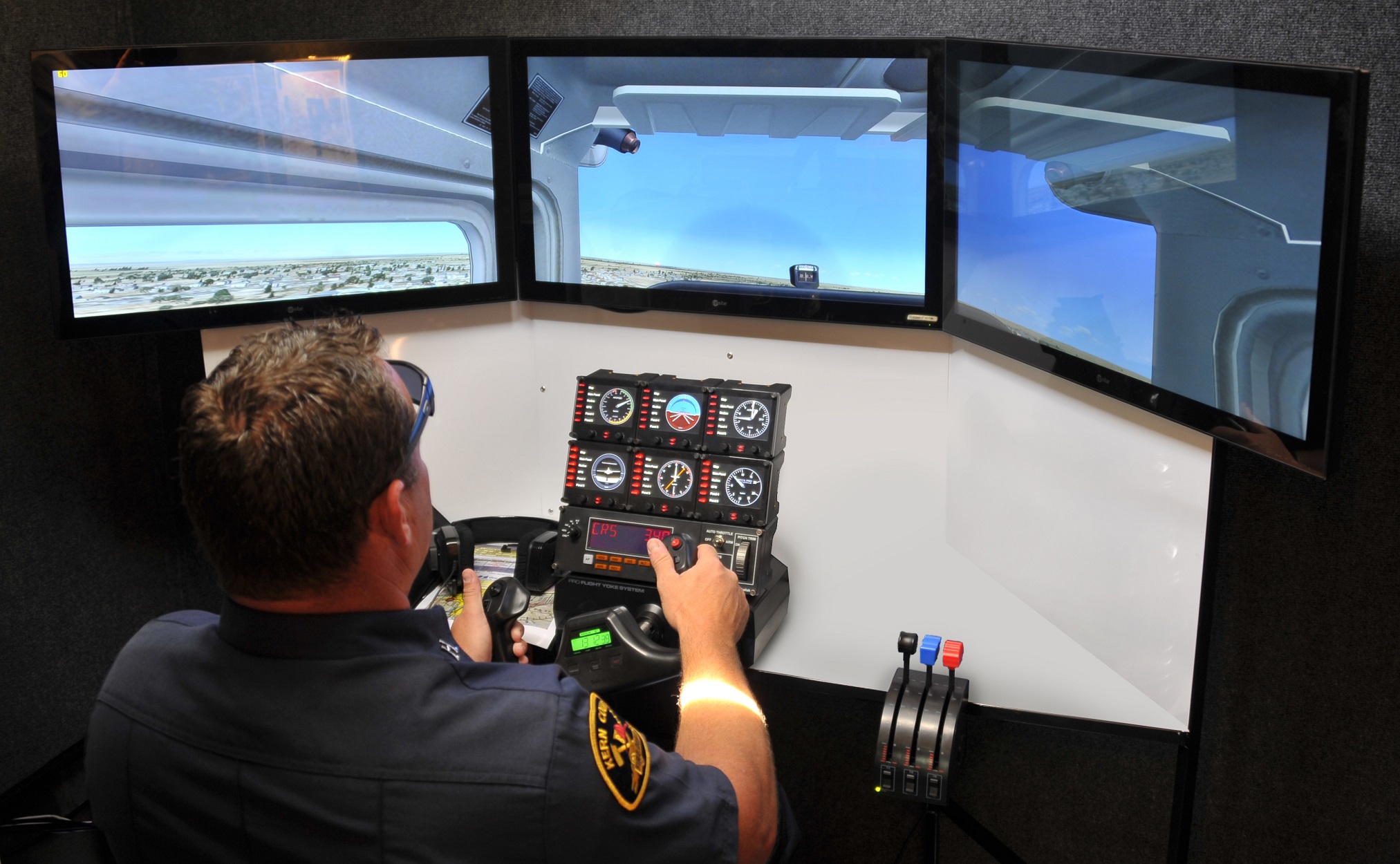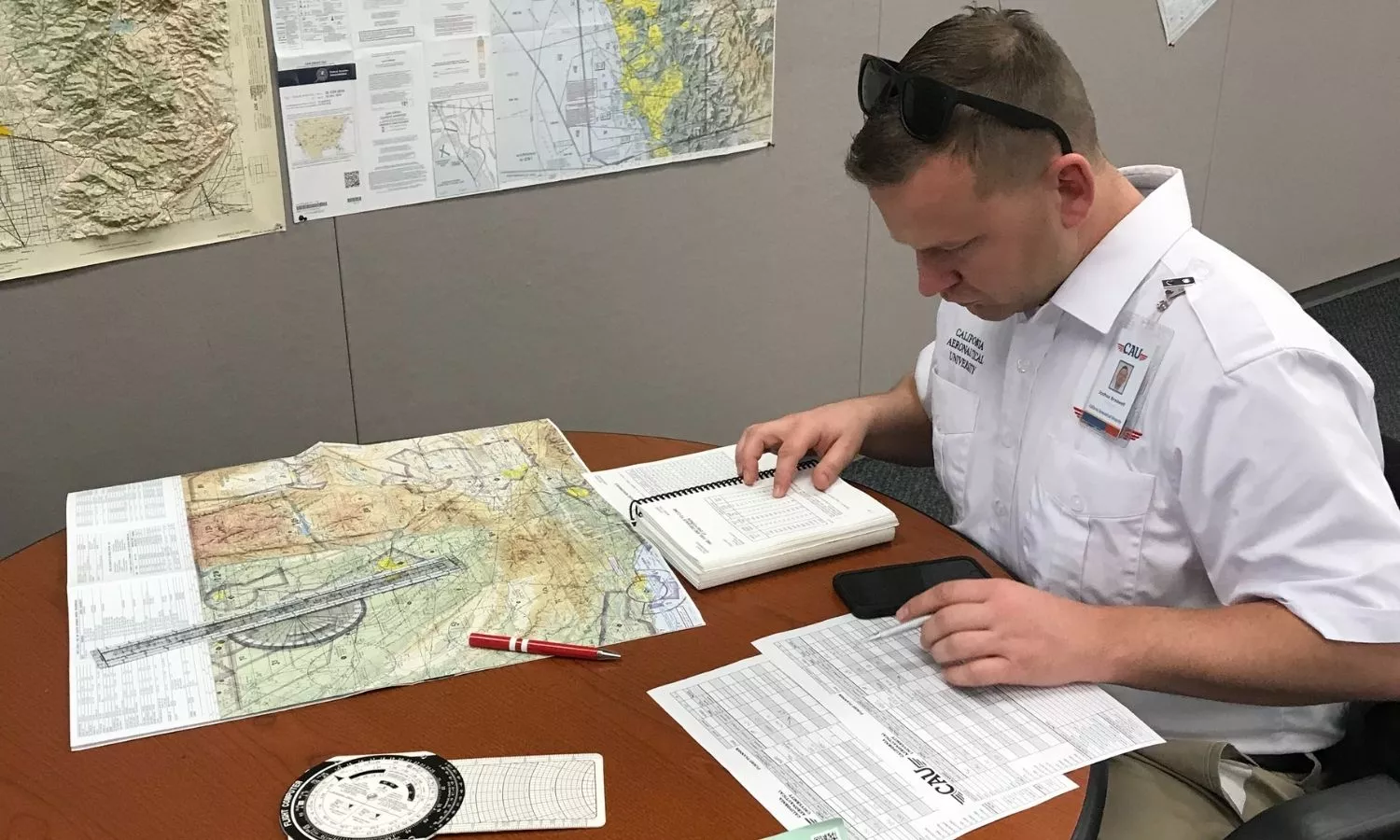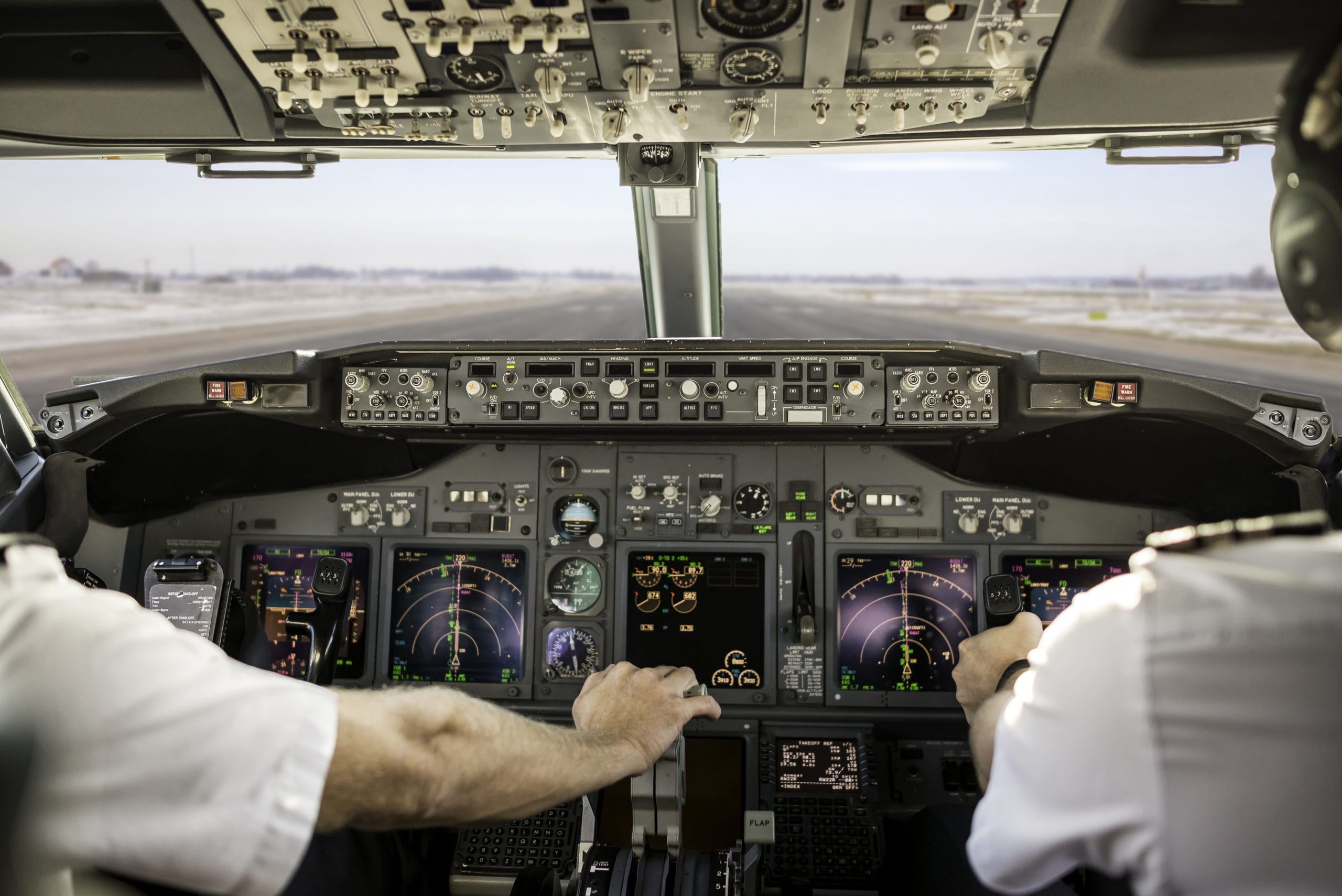When working towards your IFR rating, there are a few instrument rating requirements to consider.
[lwptoc]
Achieving your instrument pilot rating is a terrific accomplishment. Not only does it permit you to fly as a private pilot under challenging weather conditions, it is another step forward to becoming eligible to fly for pay. Since the vast majority of employers who hire pilots require an instrument rating, it is practically necessary after gaining the private certificate.
Many private pilots enjoy the ability to legally fly under Instrument Flight Rules (IFR) conditions as well, which is helpful when weather conditions change suddenly or if they are flying on a schedule. Since achieving an IFR rating requires a great deal of study and practice, it is best to know what the instrument rating requirements are before you begin.
Initial Instrument Rating Requirements: Eligibility
The Federal Aviation Administration (FAA) sets the rules on the baselines for earning an instrument rating. These carry the force of federal law, as they are part of the Federal Register. They are set forth in 14 CFR (Code of Federal Regulations) Part 61.65. Those seeking an instrument rating must apply for one with the FAA. The pilot must hold, at minimum, a private pilot certificate. He or she must demonstrate the ability to speak English, have passed his or her 17th birthday, and have obtained at least a third-class medical certificate.
Just as is the case in completing the private pilot certificate, a basis of factual knowledge must form either under the guidance of a Certified Flight Instructor (CFI) or in a virtual course. This “ground school” explains concepts and definitions while the student is not in a simulator or conducting a training flight. A logbook endorsement required from a flight instructor or virtual learning provider in order to take the FAA knowledge exam, which tests the pilot’s “book understanding” concerning the material.
Instrument Rating Ground School Basics
The aeronautical knowledge portion of the instrument rating is more targeted than that of the private certificate. While earning the instrument, the student is expected to focus much more intently on aeronautical weather topics, as well as what the FAA considers instrument conditions. Pilots must also commit to memory how to work with air traffic controllers and the procedures an ATC professional will use in IFR conditions.
Instrument students must also demonstrate understanding of IFR navigation, both with navigation systems and use of in route and instrument approach procedure charts. The pilot needs to know how to find accurate, real-time weather data, both on the ground as well as at the intended destination, as well as along the proposed route. Even more importantly, the pilot must show that he or she can understand weather trends and forecasts, as well as demonstrate the ability to interpret current weather conditions.
The knowledge test covers the basics of acting safely as pilot in command during IFR conditions, as well as the ability to recognize developing weather conditions and how to avoid windshear. IFR ground school also discusses efficient crew resource management, good communication, coordination methods, and the principles of sound aeronautical decision making.
In the Sky: Requirements for Training in the Cockpit or Simulator
Instrument rating requirements state that pilots must train for a certain number of hours with an instructor in instrument conditions. Some flight schools teach ground IFR training first, then wait for the student to pass the knowledge exam before beginning in-flight or simulator training sessions. Others conduct ground school in a group classroom setting, sometimes as part of a program for college credit, while the students go to individual instructors for sim or cockpit time.
Another option is to conduct cockpit instruction concurrently with material under discussion for the knowledge exam. There is no legal instrument rating requirements for the order of instruction or how ground school might mix in with reading material. In the United States, most flight schools teach students ground school material concurrently with a session in the air, with one lesson reinforcing the other.
If the instrument rating candidate passes the knowledge exam, or if their flight instructor deems him or her ready to undertake instrument conditions or use of a flight simulator, the educational focus is on application of what is learned in ground school. This section, officially known as “flight proficiency,” shifts to proper aviating in IFR conditions. Students learn about:
- Pre-flighting procedures
- Working with live radio traffic
- Flying by instruments only
- Using navigation systems or charts while aviating
- Taking instrument approach procedures
- Conducing emergency operations
- Safely closing out postflight procedures
Flight students who live in places with enjoy excellent weather, such as California or Arizona, might become frustrated while waiting for conditions to deteriorate to IFR levels. The FAA permits students to conduct a significant amount of training, therefore, in an FAA-approved simulator or with use of a vision limitation device such as a hood or “foggles.”
Preparing for the Check Ride
In the instrument practical test, or “check ride,” an FAA or FAA-designated examiner flies with the student to ensure that he or she can operate safely under instrument conditions. The examiner will also conduct an oral exam on airmanship, weather conditions, use of instrumentation, or any other topic relating to the rating.
Before taking the check ride, the pilot must undertake fifty hours of cross-country flight time acting as pilot in command. Ten of these hours must take place in an airplane. Forty hours of instructional time are required, fifteen of which need to be conducted with a CFI who is specially qualified to teach instrument students. These instructors are CFI-I’s, or “double I’s”. Students are also required to undertake a flight of at least 250 nautical miles under routing from ATC, with an instrument approach at each airport and three approaches while using a different navigation system
[lwptoc skipHeadingLevel=”” skipHeadingText=”Read More:”]
each time.
Instrument rating requirements state that at least three hours of training need to take place within two calendar months before the practical test. Examiners will have a look at the student’s logbook to ensure that he or she has established eligibility for the check ride.
Read More:
Ready to soar in your aviation career?
Mr. Matthew A. Johnston has over 23 years of experience serving various roles in education and is currently serving as the President of California Aeronautical University. He maintains memberships and is a supporting participant with several aviation promoting and advocacy associations including University Aviation Association (UAA), Regional Airline Association (RAA), AOPA, NBAA, and EAA with the Young Eagles program. He is proud of his collaboration with airlines, aviation businesses and individual aviation professionals who are working with him to develop California Aeronautical University as a leader in educating aviation professionals.


